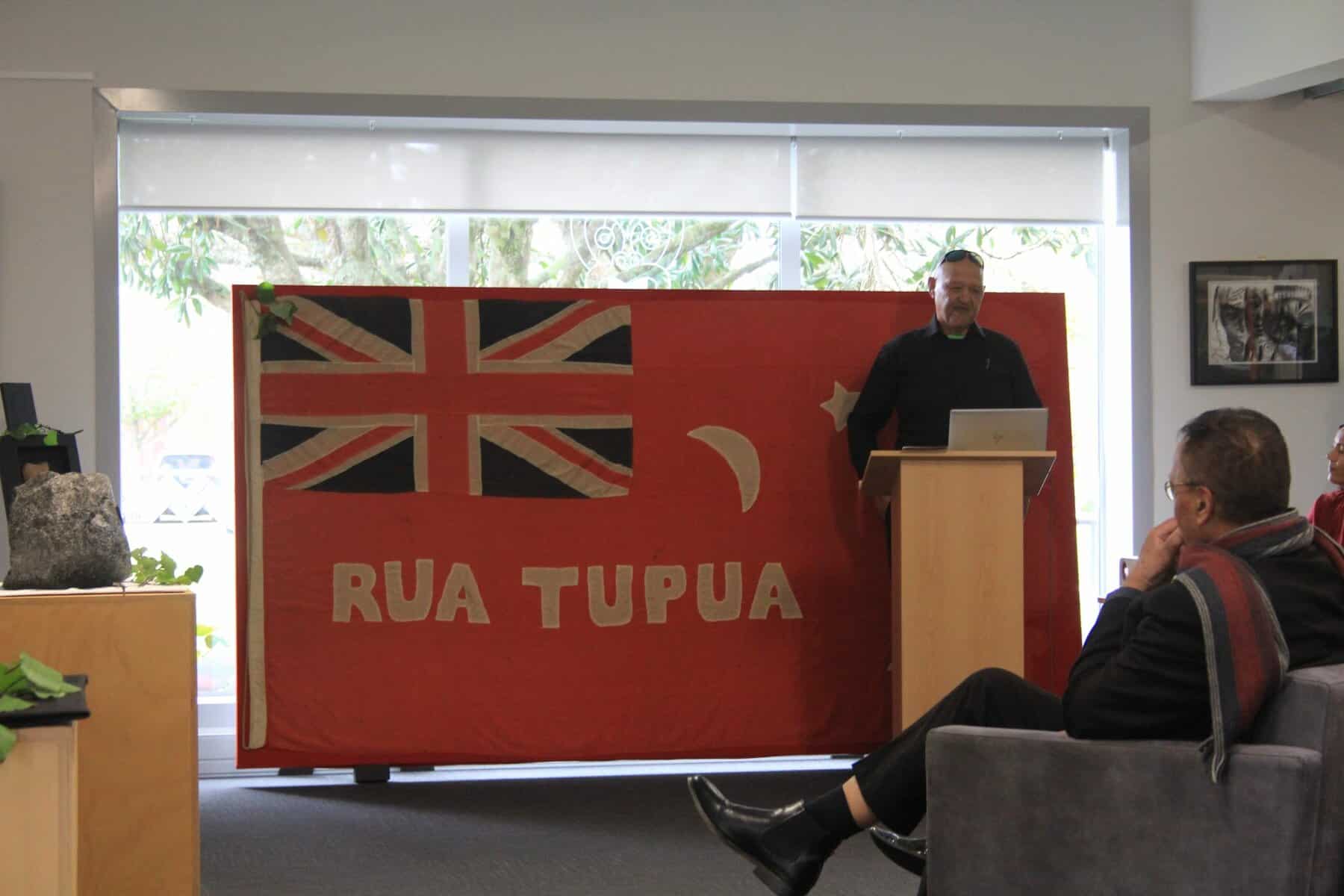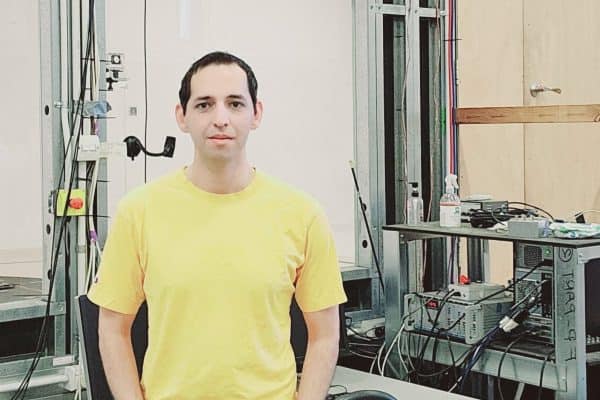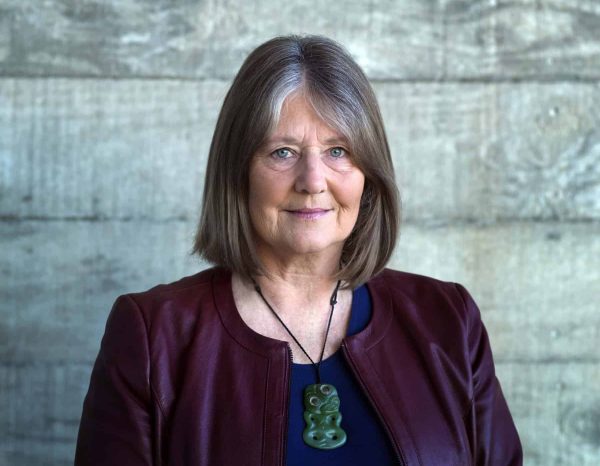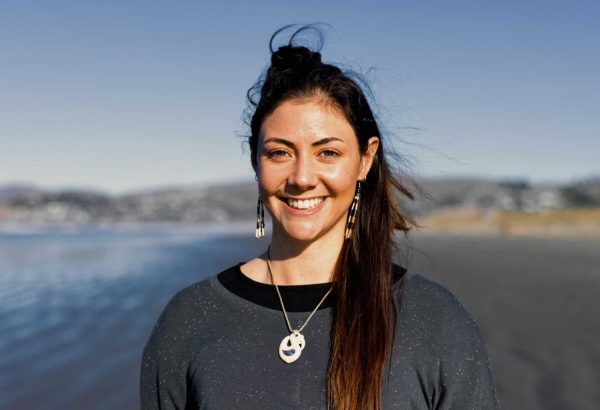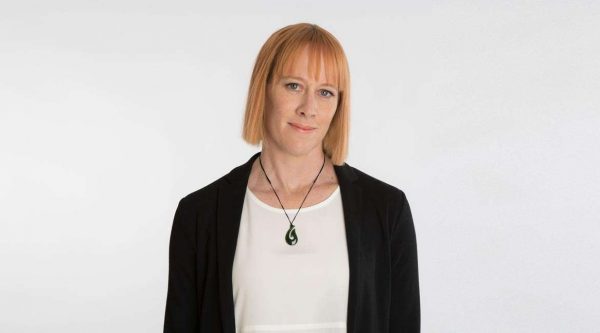Te Whare Wānanga o Awanuiārangi
School of Indigenous Graduate Studies
Whakatāne Campus
E Au Ai Te Reo, Taiao – Kaitiakitanga[1]
(Building Language Resilience and Mātauranga Māori Amongst Māori Communities)
What is the connection of Ē Au Ai Te Reo, Taiao – Kaitiakitanga to Te Wiki o Te Reo Māori 2022?
Ē Au Ai Te Reo, Taiao – Kaitiakitanga celebrates 12-16 September 2022 – Te Wiki o Te Reo Māori. This week marks the 50th anniversary of the seminal Māori language petition delivered to Parliament 12 September 1972, which provided the catalyst for the recognition of Te Reo Māori as an official language of Aotearoa New Zealand through the Official Legislative Language Act of parliament in 1987. The anniversary of these two events provided the impetus for Professor Black and Whare Taketake Ō Taonga museum Research Manager Mark Sykes and staff, and Whakatāne Council (Relations) Manager Georgina Fletcher and Ngā Toenga – Maungapōhatu to host Te Wiki o Te Reo Māori. Mark Sykes and Georgina Fletcher said in their opening comments:
“It is a privilege for Whakatāne museum to host this Te Wiki o Te Reo Māori. Te Wiki o Te Reo Māori brings us together to create storytelling dialogue amongst ourselves, and our beliefs. This week the museum and the council will join with you all in sharing the reconstruction of our collective history through the power of storytelling. It matters that transmitting our history through the art of storytelling to successive generations must be our collective priority. Our best wishes to all the keynote speakers for this week.”
The keynote speakers were Tamakaimoana – Maungapōhatu pākeke Richard Tumarae, Te Ata Heurea, Rev Tamiana Thrupp, Hemana Waaka, Wiremu Kora and Matt Te Pou. Professor Black, two Reo PhD graduates and six of his Reo PhD thesis students presented, showcasing their relevant research with engaging Reo publications. The keynote presentations are informed by marae, whānau, hapū and iwi Reo scholarship case studies and contained Reo exemplar narratives with interactive PowerPoint presentations.
The priority for Ē Au Ai Te Reo, Taiao – Kaitiakitanga Te Wiki o Te Reo Māori is to provide a platform for Reo PhD thesis students to support career advancement and to build community knowledge engagement, to sustain an environment where Reo Rangahau Research & Publishing thrive.
Why host Te Wiki o Te Reo Māori lecture series at Te Whare Taonga Ō Taketake Whakatāne District Museum & Research Centre?
Te Whare Taonga Ō Taketake Whakatāne District Museum & Research Centre is a public gallery providing access to historical and contemporary sources representing Māori, Pākehā and other ethnicities. The museum also holds and maintains a collection of Rua Kēnana Taonga. Hosting Te Wiki o Te Reo Māori in the museum was a natural fit as the Ē Au Ai Te Reo Reo Rangahau Research & Publishing lecture series has a responsibility to engage marae, whānau, hapū and iwi knowledge stakeholders, museums, universities, libraries, government research entities, Wānanga Māori, Te Puni Kōkiri, and immersion Kura Kaupapa Māori. Mark Sykes and his staff are committed to transforming etymology and museology aligned to Te Ao Māori epistemologies. A creative thinker, researcher Mark continues to develop museum knowledge sharing capabilities. With his staff and Georgina Fletcher, they bring a governance process into this lecture series to evolve a supportive museum paradigm and education partnership congruent with Reo and Tikanga traditions.
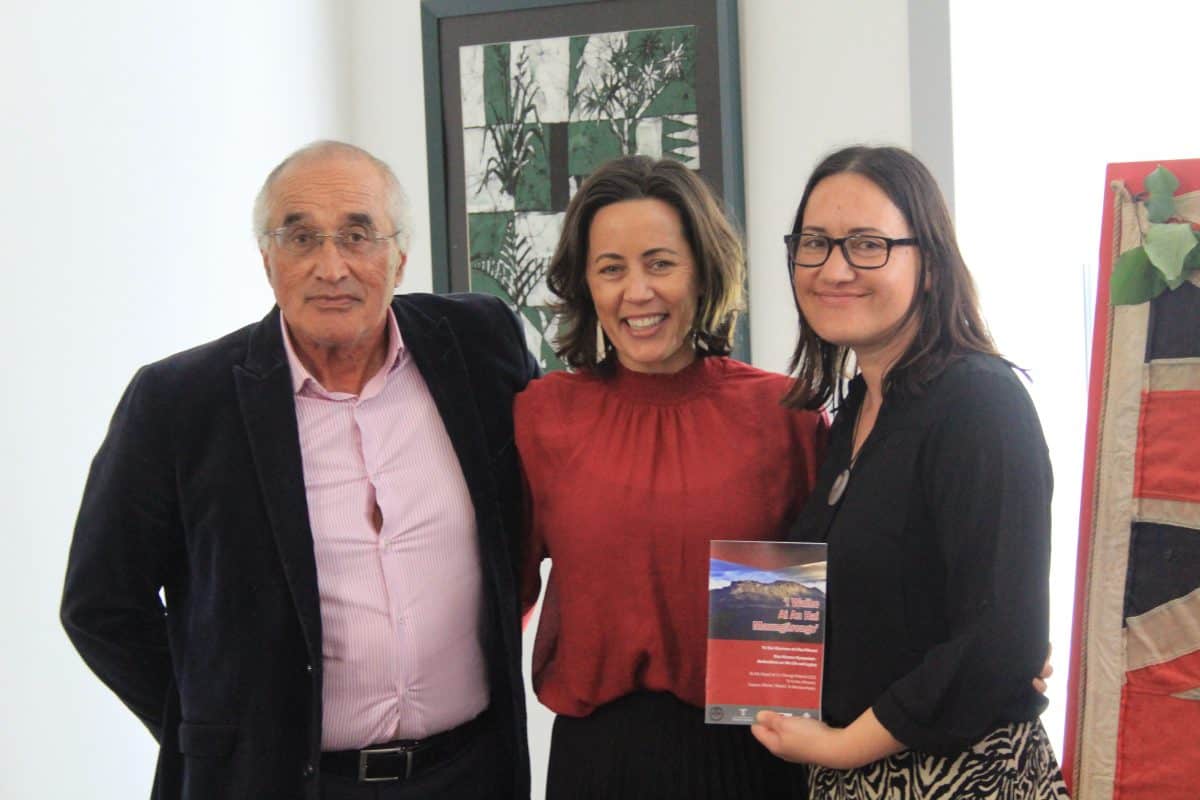
A major attraction of Te Wiki o Te Reo Māori was the Rua Kēnana Taonga Exhibition. What made it so successful?
The fusion of Rua Kēnana Taonga exhibition with the keynote presentations captured whakapapa – spiritual connectivity linked to Maungapōhatu. In April 1916 this peaceful and orderly settlement of Maungapōhatu was shattered by the invasion of a large contingent of armed police. There was shock and horror at Rua Kēnana’s son, Toko Rua, and Te Maipi Te Whiu being shot and killed, leaders of this peaceful community being arrested, and the ill-treatment and rape endured by the women. Each of the homes in Maungapōhatu was ransacked by the police and personal items were stolen, including kākahu (cloaks). One hundred years on these Rua Kēnana Taonga have slowly returned. The Rua Kēnana Taonga exhibition revealed a spiritual heritage engagement of Maungapōhatu identity and pride. Two publications, one by Dr Hokimate Harwood Te Reo o Te Kākahu and Reo PhD student Ngawaiata Turnbull I waiho ai au hai maungarongo presented the living stories, commentaries and biographies of these Rua Kēnana Taonga, provided to be inspirational. Historical wrongs are not easily forgotten – or forgiven. Maungapōhatu has never recovered from this invasion. Te Wiki o Te Reo Māori – Rua Kēnana Taonga Exhibition highlights the very act of ‘historical reconstruction’.
Te Wiki o Te Reo Māori lecture series showcased a special presentation: War Veterans Māori health status, 50 years on from the Vietnam War. Can you tell us about this presentation?
The Parairoa a Tumatauenga Report was presented by Hemana Waaka, Wiremu Kora and Matt Te Pou. From within this powerful and revealing report, equally matched by the oral presentations in Te Reo, the three keynote presenters shared stories of how and when “helicopters would spray Agent Orange over the camps in the Vietnam War. Veterans took their shirts off to cool down under the spray, not knowing its toxicity”. The report and presentations made published and unpublished oral evidence research clear and showed the intergenerational trauma of this toxicity and how it has affected the whānau, hapū and iwi of Vietnam War veterans. Matters of social and cultural Reo knowledge loss were presented and promulgated into the breakdown of whānau dynamics through alcoholism, anger issues, fertility problems and other major health and mental issues. The research journey revealed intense situations speaking to many confrontational fronts acting simultaneously to bring together significant and diverse ongoing intergenerational strands of distress and trauma, and damaged lifestyles. This report needs to be brought to light before the minsters of the Crown.
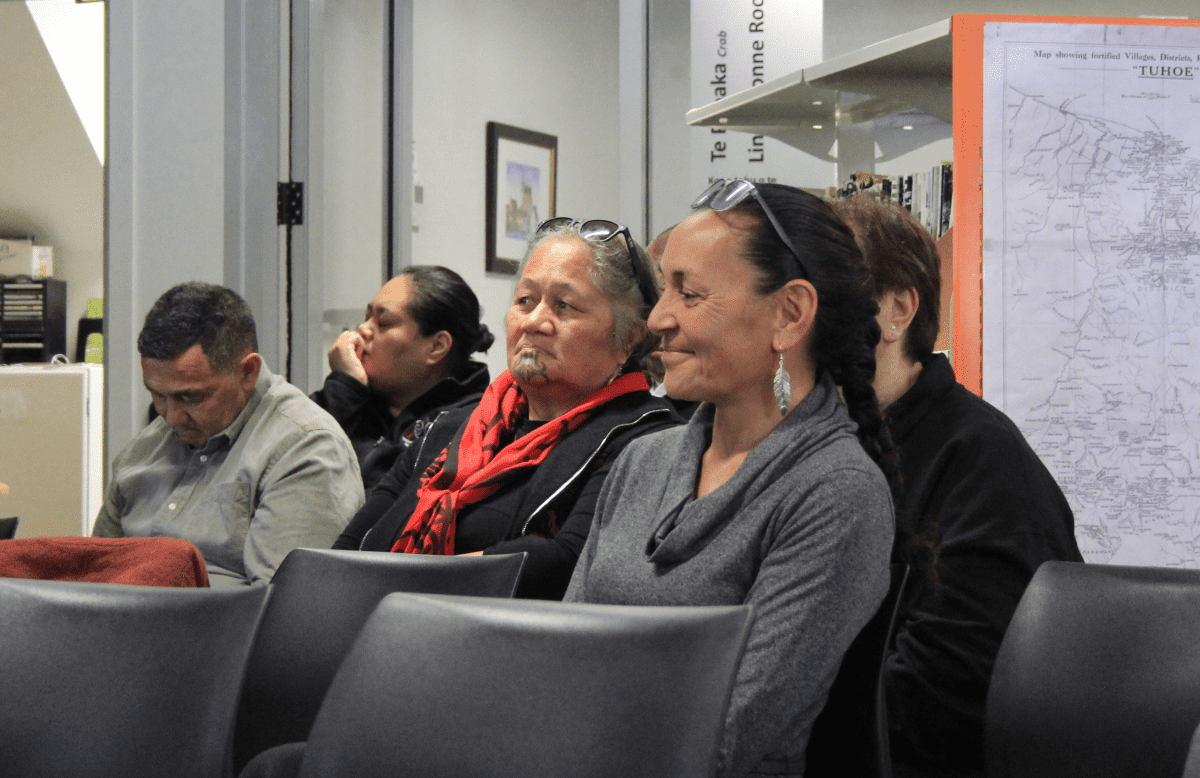
Reo PhD Thesis students presented excerpts from their thesis as part of Te Wiki o Te Reo Māori. What is a Reo PhD Thesis?
The first Reo PhD thesis in the world was completed in the year 2000 (Black, Massey University). A PhD thesis in English and in Te Reo Māori represents a major literary research endeavour. A PhD Reo thesis is distinctive. It combines oral and written histories focusing on the restoration and validation of knowledge. It strengthens insightful commentaries, whakapapa and a Māori world view embedded in epistemologies connected to marae, karakia, hāhi Māori and land. It includes issues of environmental risks and climate change that will affect whānau, hapū and iwi scholarly knowledge. A Reo PhD thesis recalls a transformative technique of oral composition. It is presented, interpreted, referenced and annotated as a written historical biography. Its writing style will reinstate, and reinforce Reo knowledge, mana, character, and personality. It reinforces the identity of essential expressions and contemporary sources to expand and create new knowledge. Creating the space for a Reo and Tikanga thesis, the student and supervisor are mindful to investigate Reo and Tikanga as it exemplifies the Reo of present and previous generation dialects, and colloquial and idiomatic expressions. In addition, a Reo PhD thesis brings together contemporary evidence and published and unpublished literature with a rich repertoire of songs, chants, sayings, scripture and insightful commentaries aligned to the oral tradition.
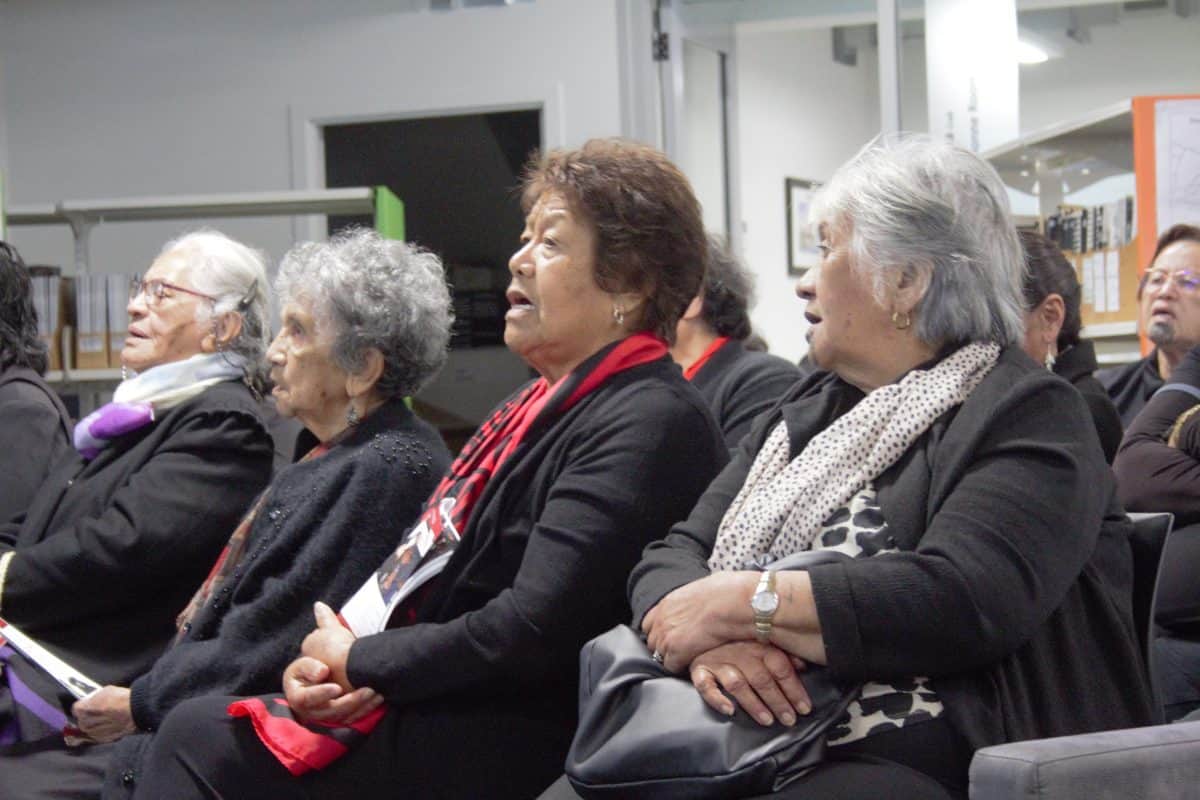
Why use the term ‘Keynote Speakers’ in Te Wiki o Te Reo Māori Lecture Series?
Last year, on 3 April 2021—in the middle of the COVID pandemic—we hosted a world first for Tūhoe and Tamakaimoana: a symposium on Tuapou marae Matahī – Waimana called Rua Kēnana Life and Legacy Symposium. From within this Tuapou symposium I instigated all the marae and hapū presenters as ‘keynote speakers’. Following on from this 2021 symposium, for Te Wiki o Te Reo Māori 2022, I again instigated the term ‘keynote speakers’. This is deliberate and appropriate in my view. Homegrown Reo keynote speakers added intrinsic value to Te Wiki o Te Reo Māori presentations. The keynote speakers are whānau, hapū and iwi marae leaders. In saying this, ‘keynote speakers’denote personal growth and succession planning. The point of having Reo PhD students and marae leaders as keynote speakers is to provide mentorship, set a vision, and bring a sense of individual style and leadership to transform, change and create new, relevant concepts to ensure the heritage order they represent is meaningful and has a future mindset. More importantly the role of the keynote speaker is to role model the ‘respect for knowledge’. This will ensure intellectual customary rights are validated by the keynote speaker. Having Reo PhD thesis writers as keynote speakersbrings the authentic voice of the people to demonstrate commonality. It is also about communicating thesis findings back to the origins of knowledge that will nurture and recruit future community keynote speakers– whānau, hapū, iwi and marae scholars.
Is there a connection with Te Wiki o Te Reo Māori and Mātauranga Māori?
In the main lecture room of Whakatāne museum the words ‘Mātauranga Māori’ are written on the wall. Mātauranga Māori is about knowledge, but it is also about tribal creativity, cohesiveness, identity and pride. Te Wiki o Te Reo Māori 2022 assembled a concentration of Reo PhD thesis students, marae, whānau, hapū and iwi pākeke leaders who have devoted a lifetime to the distinctive character of Mātauranga Māori ā-iwi reconstruction. For example, the Rua Kēnana Taonga exhibition is embedded in Tamakaimoana Mātauranga Māori, a formative notion of knowledge deep within Maungapōhatu originality and depth of thinking. During Te Wiki o Te Reo Māori the interdisciplinary presentations of karakia, (prayers), mihimihi (formal welcome), mōteatea (sung poetry), and Reo PhD thesis presentations reinforced the canons of Reo and Tikanga Mātauranga Māori networks. A diversity of milestone themes and research methodology informed by Reo & Tikanga ensured Mātauranga Māori was heard, visible, meaningful, and a lived reality. The combination of Te Wiki o Te Reo Māori and Mātauranga Māori naturally came together in the form of oral and written history. Pride and dignity fused the storytelling narrative as a living inventory of whakapapa, kōrero tuku iho, mōteatea, karakia, whakapepeha, evolving the fusion of histories that matter. It is these essential elements that mirrors Te Wiki o Te Reo Māori and Mātauranga Māori.
Where did Te Wiki o Te Reo Māori draw its audience from?
The audience for Te Wiki o Te Reo Māori was the general public. We also had targeted audiences from Kura Kaupapa Māori whānau, hapū and iwi marae leaders from Gisborne, Manutuke, Whangaparāoa Mai Tawhiti (Cape Runaway) and Te Kaha, Omāio, Opotiki, Kutarere, Whakatāne, Kawerau, Waimana, Ruātoki, Waiohau, Murupara, Ruatāhuna and Maungapōhatu. The venue of Whakatāne museum and its location in Whakatāne township allowed the public to pop in and engage, to take in the presentations and stay for lunch. I think through this initiative Te Wiki o Te Reo Māori achieved common goals of strengthening and promoting Whakatāne museum and the Awanuiārangi – Maungapōhatu PhD cohort, to celebrate the diversity of capabilities of Reo Rangahau Research & Publishing. The aim was to unify different strands of Reo and Tikanga experience, knowledge and scholarship by focusing on the genesis of knowledge sharing. I think we achieved that and more!
Discussions are in place to look directly at Te Wiki o Te Reo Māori 2023. We hope to continue to enrich and enable our educational communities and businesses, recognising we have some unique contributions to make to Te Wiki o Te Reo Māori.
Taiarahia Black is a Professor of Indigenous Studies at Te Whare Wānanga o Awanuiārangi and leads the Ē Au Ai Te Reo project in our Whanake te Kura i Tawhiti Nui programme.
[1] Ē Au Ai Te Reo & Taiao – Kaitiakitanga Reo Rangahau research platform is located in Te Whare Wānanga o Awanuiārangi, Whakatāne. The principal investigator is Professor Taiarahia Black. The purpose of the platform is to build Te Reo & Matauranga Māori resilience amongst Māori communities.
